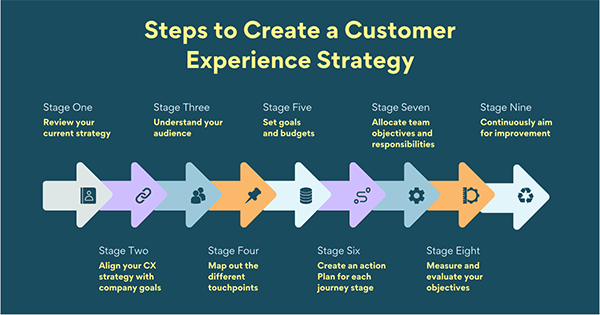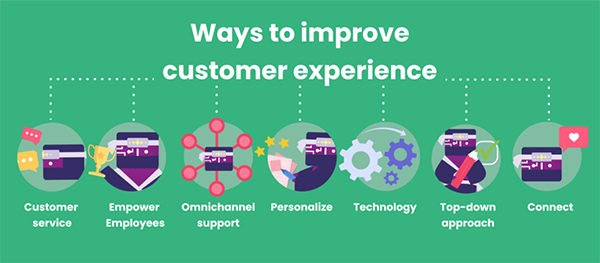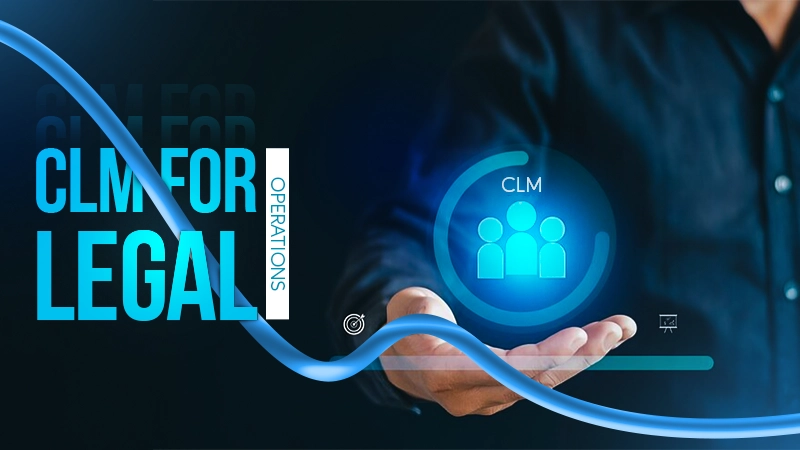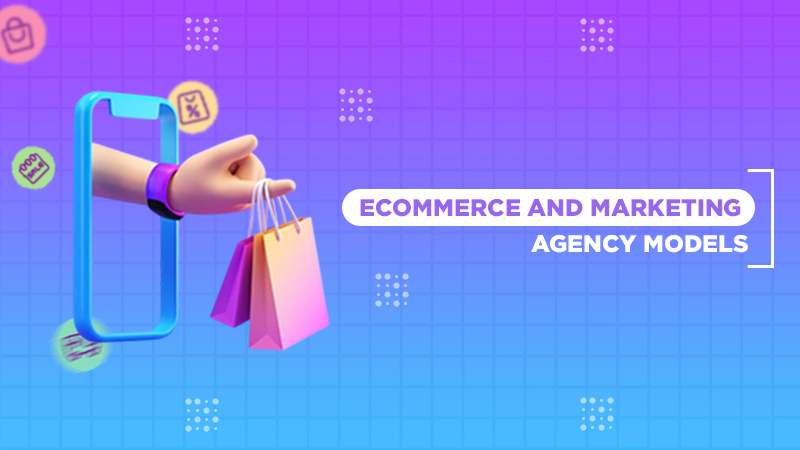“Just having satisfied customers isn’t good enough anymore. If you really want a booming business, you have to create raving fans.”
- Ken Blanchard, American Author
Customer expectations are soaring higher than ever, especially in this fiercely competitive world, where CX is no longer just a buzzword, but it has become a cornerstone of brand loyalty.
But first, what exactly is customer experience (CX) and how is it affecting the overall brand loyalty?
Well, CX can be simply defined as an interaction a customer has with a brand. And, CXM is a unique approach that a company uses to create a feel-good factor that compels the audience.
So, if you’re looking to enhance your customer experience, in this read I will navigate you through some mindful strategies to create a wonderful customer experience.
Let’s start!
Key elements of a successful customer experience strategy

To create a successful customer experience, here are some of the key elements that must be included in a strategy:
1. Customer centricity
Customer orientation refers to the idea that a firm’s management decisions should focus on customers’ feelings, requirements, and perceptions. Organizations must strive to understand as much as possible about customers at every touchpoint, from initial brand identification to post-purchase behavior. This shift often involves transformative investments in technologies such as mobile applications, AI customer experience tools, and analytics to better appreciate and effectively target customers.
Negative experiences last long while positive experiences build long-term associations with the brand. As highlighted by PwC, 65% of consumers believed that good feelings the more important than good advertising, and most of them are willing to pay for good customer relationships.
The goal of mapping is to generate actionable insights for improving CX. Instead of mapping every single interaction, companies often focus on the touchpoints that need the most improvement or personas with the most potential for driving business growth.
2. Customer personas
Customer personalities are actual consumer groups broken down into convenient working models of a common audience. Marketing personas are roles based on real data regarding buying behaviors, Web traffic, and social interactions that allow companies to segment their customers and change their marketing communications and CX initiatives in response to the customer journey.
3. Customer journey mapping
Mapping the customer journey involves identifying the key stages a customer goes through when interacting with a brand. This process helps companies understand where they can improve and optimize CX, particularly at touchpoints that impact business growth. Utilizing customer experience software allows organizations to track and map these interactions in real-time, ensuring data-driven decisions for better customer outcomes.
4. Customer Relationship Management (CRM)
An effective CRM is needed to store, analyze, and act upon data generated from various random or structured customer encounters. Automation of CRM with the help of modern technologies such as AI and analytics helps to bring together Customer Relationships and Management and enhance the quality of services for customers.
5. Cross-functional collaboration
Customer experience is one of the areas that need integration between the different functional units of an organization including sales, marketing, and technical support. Top organizations synchronize customer data across these teams to consolidate their understanding of the customer and to achieve better engagement.
6. Customer self-service
Consumers of the current generation require assistance to be fetched through non-voice self-service options. This can include links containing answers, FAQs, knowledge bases, and chatbots that give access to answers. To satisfy the customers, many firms provide appointment scheduling, chat support, and the ability to support customers through the SMS messaging platform.
7. Employee experience
Another component is making enhancements to the employee experience as an efficient way to complement a successful CX strategy. By being entrusted with an easy-to-use apparatus for fixing customer complaints, employees will produce better service. According to research, there is a significant positive link between employee satisfaction level and the level of customer satisfaction.
8. Omnichannel approach
Today’s buyers interact with brands at different touchpoints including physical stores, social media sites, the company’s website, and mobile applications. An omnichannel process means that customers can move smoothly from touchpoint to touchpoint and be able to accomplish their tasks effortlessly.
Do You Know?
According to Zendesk, 52% of consumers would switch to a company’s competitor if they had a single bad experience.
How to improve customer experience

Now that you have a clear understanding of what the perfect customer experience strategy looks like, here’s how you can improve the overall customer experience:
1. Empower employees
I noticed that employees’ engagement is the foundation of CX’s success. Some of the constraints that organizations remove from their workers include approval conditions on discount or issue determination so that workers can make fast decisions that benefit the customer. Through surveys and other feedback, it is possible to discover areas that employees can find painful to navigate while moving through their work processes toward customers.
2. Value employee feedback
First-line workers stand a better chance of identifying new trends among the customers, and other emerging challenges. It would be extremely beneficial to incorporate employee feedback and utilize it to enhance CX, not least, but also to make employees feel desirable. It can help organizations develop ways of collecting feedback like feedback boxes or even quick polls to get important information.
3. Leverage technology
AI and machine learning remain key enablers of most contemporary CX initiatives. For instance, one can have the features of providing round-the-clock customer service via chatbots whereas on the other hand, detailed customer analytical data can be provided courtesy of complex analytics. The goal of automation is to make personalization volumetric and satisfy an increasing number of customers.
4. Personalization at scale
Personalization is no longer as simple as using a client’s name in an email communication. Businesses can now promulgate customized products, adapt content on-site or in an application, and send messages according to past experiences. To support these advanced personalization efforts, many Irvine businesses turn to outsourced IT service providers in Irvine to implement and manage the necessary technology infrastructure. This kind of high-level personalization is beneficial in the sense that customer relations are built and the frequencies of sales interactions are improved.”
5. Top-down approach
There are six critical elements involved in establishing effective customer-centric strategies, and for all of them to work, leadership must support CX efforts. A typical example of such leaders includes a customer experience officer (CXO) who sets the pace for an entire firm. This is because top management’s support for CX initiatives acts as a signal that encourages organizational members to act in ways that support CX improvements.
Conclusion
Customer Experience (CX) is a key business strategy that covers every customer interaction with a brand. Prioritizing customer-centricity, personalization, and an omnichannel approach, while leveraging AI and empowering employees, strengthens relationships and loyalty. A strong CX strategy boosts satisfaction, brand loyalty, and business growth.










